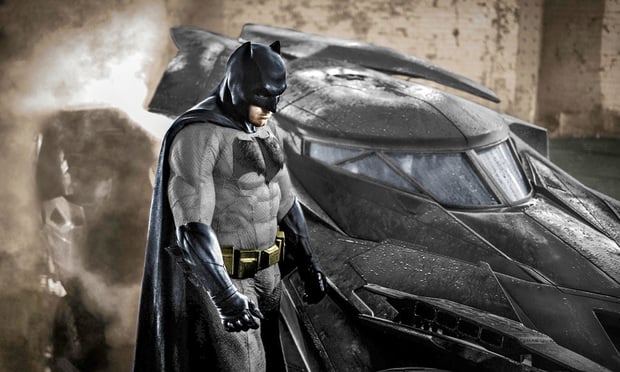Law.com Subscribers SAVE 30%
Call 855-808-4530 or email [email protected] to receive your discount on a new subscription.
NLRB and the Joint Employer: Is Franchising On the Ropes?
Lately, there is never a dull moment at the National Labor Relations Board (NLRB). Recent NLRB decisions have rewritten the labor law map in a variety of ways, but nowhere more significantly than in the areas of franchising and outsourcing. With the decision in Browning-Ferris Industries of California, which dealt with a temporary staffing agency (Browning-Ferris Industries of California, Inc. d/b/a BFI Newby Island Recyclery and FRR-II LLC d/b/a Leadpoint Business Services and Sanitary Truck Drivers and Helpers Local 350, International Brotherhood of Teamsters, Case No. 32-RC-109684) and, more recently, in a decision by the NLRB's general counsel involving McDonald's USA, LLC (McDonald's USA and Fast Food Workers Committee and Service Employees International Union, CTW, CLC, Case No. 02-CA-093893), the definition of a “joint employer” has grown exponentially broader. This portends a vast expansion of employer liability on a joint employer theory in almost every area of law imaginable from tort to employment discrimination litigation.
McDonald's USA
In the McDonald's USA case, the NLRB's general counsel authorized consolidated complaints in July 2014 against multiple McDonald's franchisees and their franchisor, McDonald's USA, as joint employers. On Dec. 19 the NLRB's general counsel commenced litigation alleging that McDonald's USA and its franchisees violated the rights of employees working at McDonald's restaurants around the country by, inter alia, “making statements and taking actions against them for engaging in activities aimed at improving their wages and working conditions, including participating in nationwide fast food worker protests about their terms and conditions of employment.” As a result, McDonald's must defend 61 unfair labor practice charges involving 31 franchisees with 181 separate violations at 30 different locations.

Major Differences In UK, U.S. Copyright Laws
This article highlights how copyright law in the United Kingdom differs from U.S. copyright law, and points out differences that may be crucial to entertainment and media businesses familiar with U.S law that are interested in operating in the United Kingdom or under UK law. The article also briefly addresses contrasts in UK and U.S. trademark law.

The Article 8 Opt In
The Article 8 opt-in election adds an additional layer of complexity to the already labyrinthine rules governing perfection of security interests under the UCC. A lender that is unaware of the nuances created by the opt in (may find its security interest vulnerable to being primed by another party that has taken steps to perfect in a superior manner under the circumstances.

Strategy vs. Tactics: Two Sides of a Difficult Coin
With each successive large-scale cyber attack, it is slowly becoming clear that ransomware attacks are targeting the critical infrastructure of the most powerful country on the planet. Understanding the strategy, and tactics of our opponents, as well as the strategy and the tactics we implement as a response are vital to victory.

Removing Restrictive Covenants In New York
In Rockwell v. Despart, the New York Supreme Court, Third Department, recently revisited a recurring question: When may a landowner seek judicial removal of a covenant restricting use of her land?

"Holy Fair Use, Batman": Copyright, Fair Use and the Dark Knight
The copyright for the original versions of Winnie the Pooh and Mickey Mouse have expired. Now, members of the public can create — and are busy creating — their own works based on these beloved characters. Suppose, though, we want to tell stories using Batman for which the copyright does not expire until 2035. We'll review five hypothetical works inspired by the original Batman comic and analyze them under fair use.

